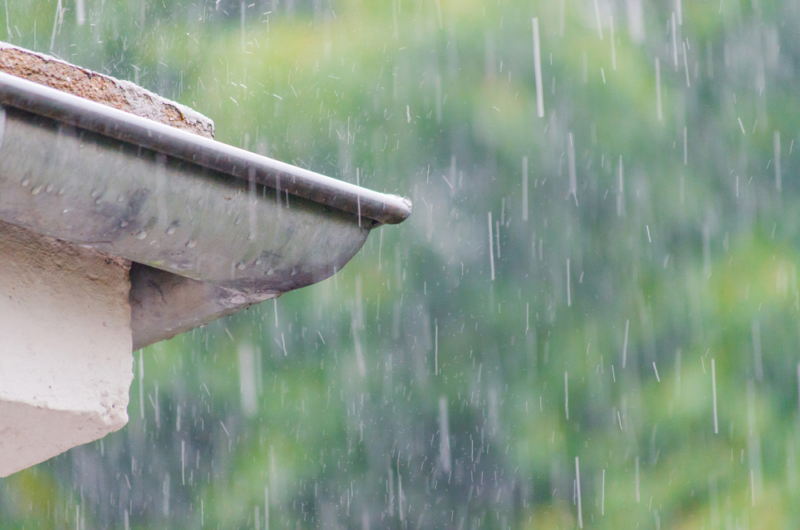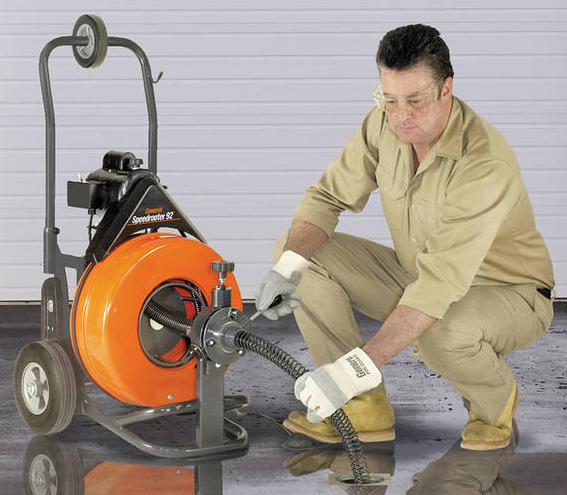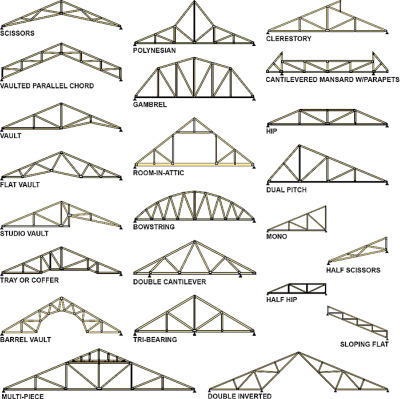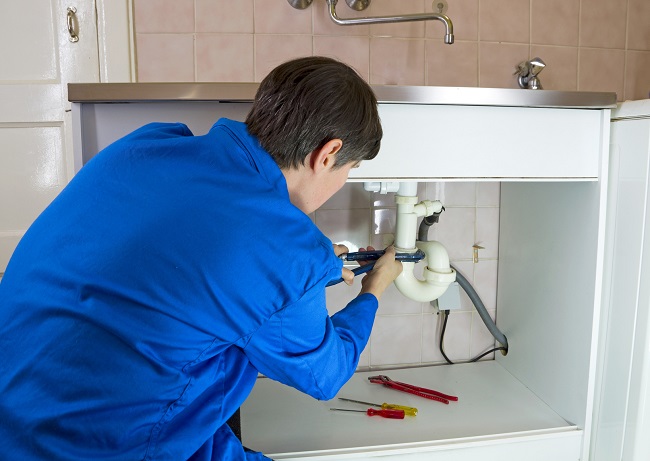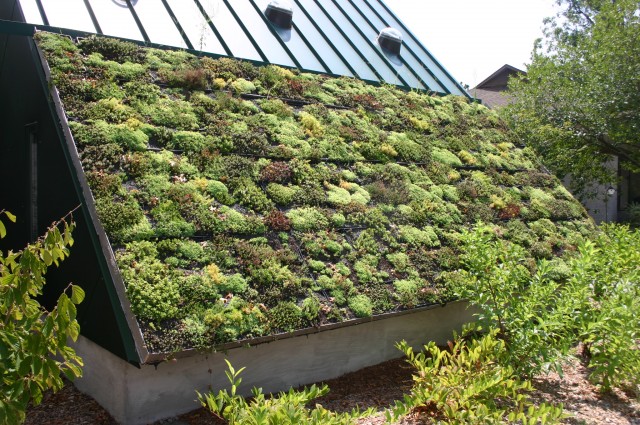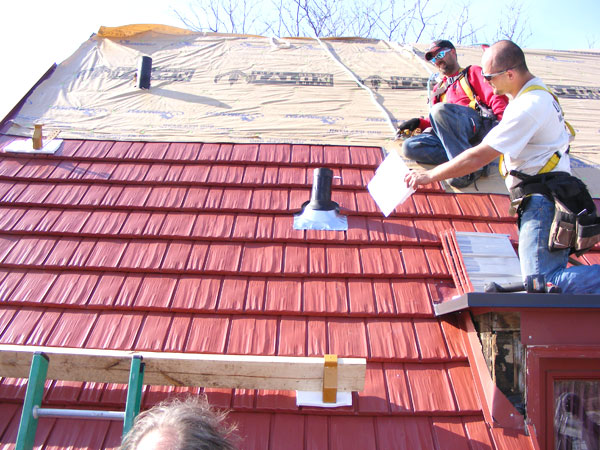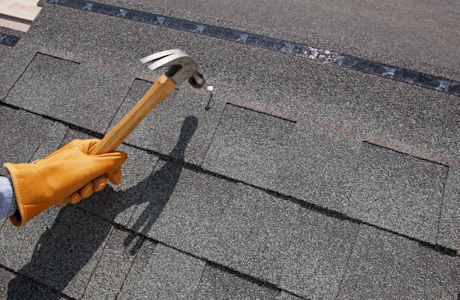The shape of a roof is usually sloped to allow water to slide down easily. But what if the top of your property is a flat dead-level deck? The lack of drainage can cause “ponding” and leave standing water all over the roof. This could lead to added stress on a roof and shorten its lifespan. In some regions, warranties become void if there is ponding for 48 hours or longer.

Today’s engineers have found an effective drainage solution for flat roofs: tapered insulation.
What is tapered insulation?
In a roof system that is built with tapered insulation, the insulation itself forms the slope or pitch of the roof to allow water to drain off.
The goal of tapered insulation is to remove excessive water when the structural deck does not have an adequate slope. If water cannot find its way to the gutter, then tapered insulation can fix this problem. While tapered insulation may not entirely prevent ponding, it can significantly reduce it.
What are the benefits of tapered insulation?
Apart from reducing water ponding, tapered insulation has the following advantages:
- It is a value-engineered system for both new and re-roof applications.
- Its excellent thermal performance keeps a building warm or cool for added interior comfort and lower energy costs.
- High-quality architectural insulation features superior moisture resistance and a fast-drying potential.
- It offers maximum design flexibility for the roofer.
- It does not require a thermal barrier for direct-to-deck applications.
It can reduce installation time and cost.
It is much faster to install tapered insulation than a layer of screed on top which would need time to set.
A tapered insulation system plus waterproofing membrane have an estimated installation time of 50m2 to 300m2 per day. Roof traffic is also minimal as the insulation and falls are completed in a single operation.
Meanwhile, the estimated drying time for screed is around 100 days with insulation and waterproofing taking up additional time.
Tapered insulation offers more flexibility.
Insulation boards are cut on site to fit the most complex roof configurations or rainwater drain positions. Factory cut pre-mitred hips and valleys make this process even easier.
Tapered insulation is way lighter than screed.
Standard sand and cement screed weigh approximately 2000 kg/m3 while tapered insulation systems weigh significantly lower. Tapered insulation made of rock mineral fiber only weighs 180 kg/m3 while polyisocyanurate (PIR) material weighs just 32kg/m3.
With the reduced weight of tapered insulation, the building would require less structure to hold the roof and make it easier for builders to handle.
Tapered insulation is a great way to remove water from a flat roof. It reduces ponding on the membrane when the roof deck is flat or does not have an adequate slope. By effectively channeling water to drainage outlets, tapered insulation eliminates the need for a structural fall – reducing overall cost and installation time.
Written by True Son Exteriors, the best contractor for roofing in Columbia, MO.
